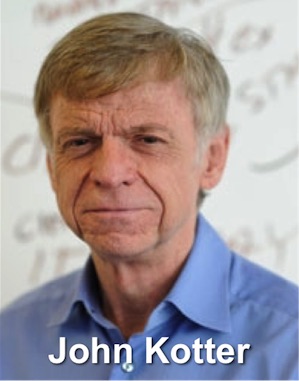The One Minute Manager series is a landmark in book publishing and popular management education. We’ve covered it already in our assessment of one of its two authors, Ken Blanchard.
But the series began with a book co-authored by two equally prolific thinkers and writers, and it’s time to redress the balance. This article started life with the title Ken Blanchard and Spencer Johnson: One Minute Manager.

But that just won’t do.
As author of books with sales claimed at over 50 million copies, Spencer Johnson deserves his own article in full, so here it is.

Spencer Johnson
Spencer Johnson was born in 1940, in South Dakota. His undergraduate degree was at the University of Southern California, where he got his BA degree in Psychology in1963 (avgy). He then went on to study medicine in Dublin, at the Royal College of Surgeons in Ireland.
From there, he worked at the Mayo Clinic and Harvard Medical School, before joining Medtronic as their Director of Communications.
Through the 1970s, Johnson was writing a series of books called ‘Value Tales’. These drew lessons from famous lives, like Elizabeth Fry, Louis Pasteur, and the Mayo brothers, who founded the Mayo Clinic, where Johnson had worked.
Johnson and Blanchard began their collaboration with The One Minute Manager, published in1982. This was to lead to both of them writing a clutch of other titles, sometimes with other co-authors.
However, Johnson’s other biggest sellers were not One Minute books, but:
For managers, it is Who Moved My Cheese that you will want to be aware of.
Who Moved My Cheese?
Like many of Johnson’s books, Who Moved My Cheese is written as a parable: a simple tale that encapsulates the message Johnson wants to communicate.
In this case, it is about the choice to fight or embrace change. And the tale concerns four characters, who respond differently to finding their cheese has been moved.
In Johnson’s parable, cheese represents what we want in life – or perhaps what we think we want. Because two characters, ‘littlepeople’ called Hem and Haw, turn up at the cheese station every morning, much as many bigpeople turn up to work.
Hem and Haw are resistant to change, fearing its impacts, and only learn how to adapt when the benefits are proven.
Their counterparts are two mice called Sniff and Scurry, who sniff out opportunities and scurry into action when they find them.
It’s a short book that you can read quickly, or absorb slowly.
Yes, to some readers it is ‘cheesy’ in the sense of corny, homey, and lacking in sophistication. But my opinion is that it is well worth the time to read and absorb it. Like all parables, the wrapper is far less important than the message.
The messages in Who Moved My Cheese
Who Moved My Cheese has simple but relevant messages for organisational life:
- Change happens – all the time. Tomorrow, your cheese won’t be where it was yesterday.
- You can either anticipate and engage with this, or you can fight it. But the faster you adapt to the change, the sooner you’ll feel comfortable.
- Embracing and enjoying change will be the best way to thrive
Summing Up
The simplicity of style coupled with the precision of its message has led to many abuses. Because in organisations where change occurs, there is often resistance. Managers promoting the change see that resistance as hem and haw behaviours. Who Moved My Cheese is too often seen as a simple antidote to a complex problem of resistance.
At its worst, a client once told me of a manager who, exasperated by the resistant behaviour of a team member, simply left a copy of Cheese on their desk. I don’t know how well that worked.
The best time to read and understand Cheese is not in the throes of change. Read it when you are comfortable, or on the edge of change. And take the time to think about it carefully. It is worth the effort.


